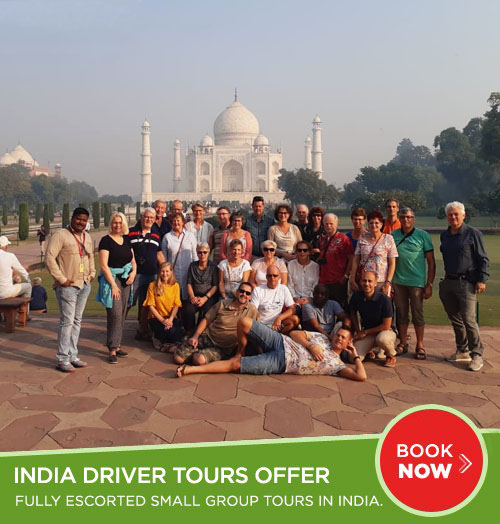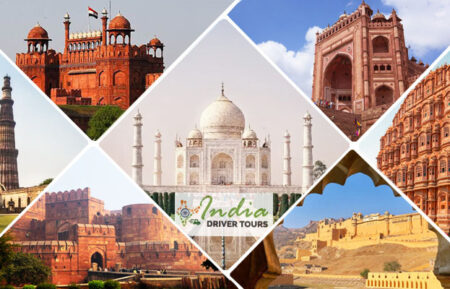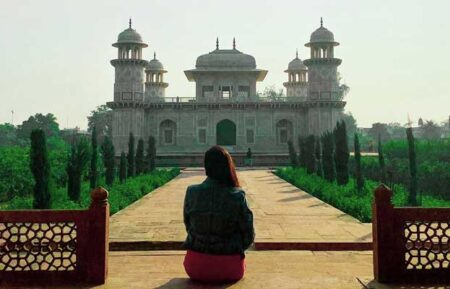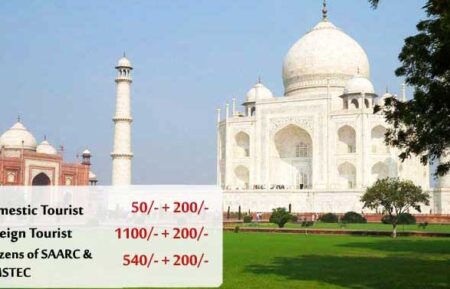Planning a Golden Triangle Tour can be an exciting endeavor, and timing plays a significant role in ensuring a delightful experience. The Golden Triangle, comprising Delhi, Agra, and Jaipur, offers a rich tapestry of history, culture, and architecture. To make the most of your journey, considering the best time to visit, the availability of Golden Triangle Tour packages, and the various activities you can indulge in along the way is crucial.
Best Time to Visit the Golden Triangle:
The best time to embark on a Golden Triangle Tour is during the winter months, which span from October to March. This period provides the most favorable weather conditions for exploring the three cities. The temperatures are mild, and the days are comfortable, allowing you to engage in outdoor activities and sightseeing without the discomfort of extreme heat or cold.
Exploring the Seasons:
Winter (October to March):
- Weather: The weather is cool and pleasant, making it the most comfortable time to explore. Average temperatures range from 10°C to 25°C (50°F to 77°F).
- Attractions: You can explore historical sites, markets, and other attractions without the discomfort of extreme weather.
- Festivals: The winter months host several festivals like Diwali, Christmas, and New Year’s, adding a festive touch to your journey.
- Golden Triangle Tour Packages: Tour operators offer a plethora of packages during this season to cater to the high demand. From luxury tours to budget-friendly options, there’s something for every traveler.
Summer (April to June):
- Weather: Summers can be scorching, with temperatures soaring above 40°C (104°F) in some areas. This is not the ideal time for outdoor exploration.
- Attractions: While indoor attractions like museums can still be enjoyed, the intense heat might limit your outdoor activities.
- Festivals: The summer months are relatively quiet in terms of festivals.
- Golden Triangle Tour Packages: You might find fewer crowds during this time, and some tour packages might offer discounts due to the lower demand.
Monsoon (July to September):
- Weather: Monsoons bring heavy rainfall and increased humidity. Sightseeing can be challenging during this period.
- Attractions: The rain might affect your plans to explore outdoor attractions. However, the landscape does turn lush and green.
- Festivals: Monsoon festivals like Teej are celebrated in this season.
- Golden Triangle Tour Packages: This period sees a dip in tourism, and some attractions might have reduced operating hours. Tour packages could be more budget-friendly.
Unveiling the Historical Marvels of the Golden Triangle
Delhi:
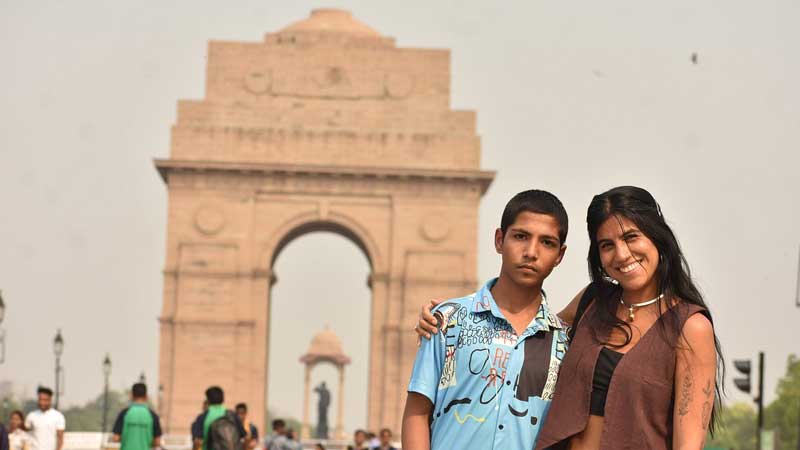
Red Fort: A UNESCO World Heritage Site, the Red Fort stands as a testament to the grandeur of the Mughal era. Its imposing walls house palaces, courtyards, and gardens that once bore witness to the splendor of Mughal emperors.
Qutub Minar: A symbol of Delhi’s historical significance, the Qutub Minar is the world’s tallest brick minaret. Its intricate carvings and soaring height showcase the mastery of Indo-Islamic architecture.
Humayun’s Tomb: This majestic tomb, also a UNESCO site, is a precursor to the architectural brilliance of the Taj Mahal. The gardens, water channels, and Persian-style architecture make it a serene oasis of history.
India Gate: A poignant war memorial, India Gate stands as a tribute to soldiers who lost their lives in World War I. Its monumental arch and surrounding gardens create a solemn yet captivating atmosphere.
Agra:
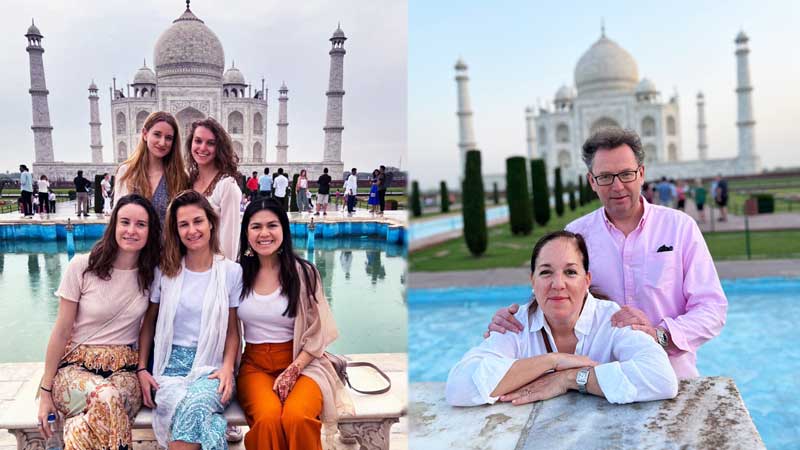
Taj Mahal: The epitome of eternal love, the Taj Mahal is one of the Seven Wonders of the World. Its pristine white marble, intricate inlay work, and symmetrical gardens make it an architectural marvel that transcends time.
Agra Fort: A UNESCO site, the Agra Fort narrates the story of power and opulence during the Mughal reign. Its impressive walls, palaces, and audience halls reflect the grand lifestyle of emperors.
Fatehpur Sikri: This abandoned city, a UNESCO site, was once the Mughal capital. Its red sandstone structures, including the Buland Darwaza and the Panch Mahal, exude architectural excellence and historical significance.
Jaipur:
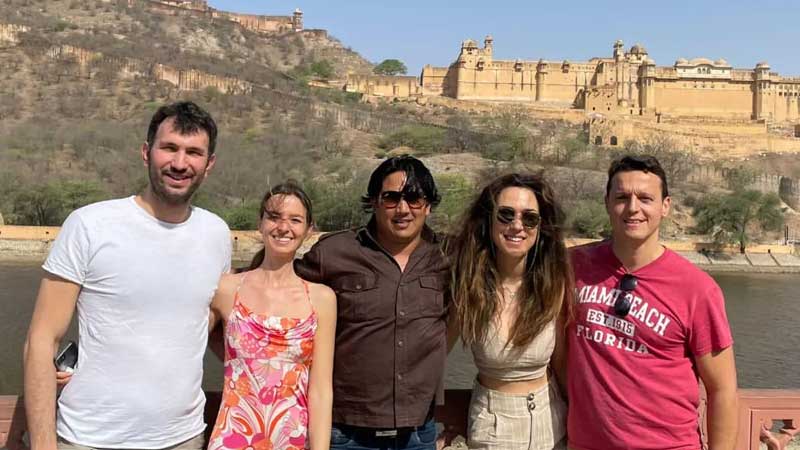
Amber Fort: Rising majestically on a hilltop, the Amber Fort boasts intricate architecture, stunning mirror work, and panoramic views of the surrounding landscape. Elephant rides up to the fort add an element of regal charm.
City Palace: A blend of Rajput and Mughal architecture, the City Palace showcases a museum with artifacts, textiles, and armory that provide insight into Jaipur’s royal history.
Hawa Mahal: The “Palace of Winds” is an iconic landmark characterized by its honeycomb-like façade with small windows. It allowed royal women to observe street festivities while remaining unseen.
Jantar Mantar: A UNESCO site, Jantar Mantar is an astronomical observatory with enormous stone instruments designed by Maharaja Jai Singh II. It’s a testimony to India’s scientific prowess.
In Conclusion:
The ideal time to book a Golden Triangle Tour is well in advance, particularly if you aim to travel during the optimal winter months from October to March. Opting for a Golden Triangle Tour package ensures a seamless and enriching journey, complemented by knowledgeable guides and comprehensive arrangements. With a plethora of historical wonders, cultural experiences, and culinary delights awaiting you, the Golden Triangle promises an unforgettable adventure that combines exploration, learning, and the embrace of India’s vibrant heritage.


